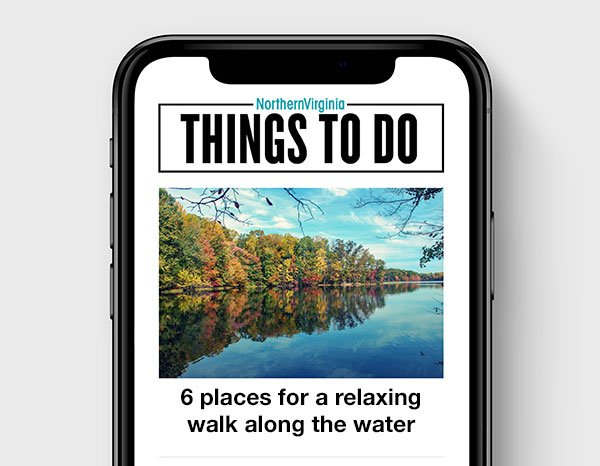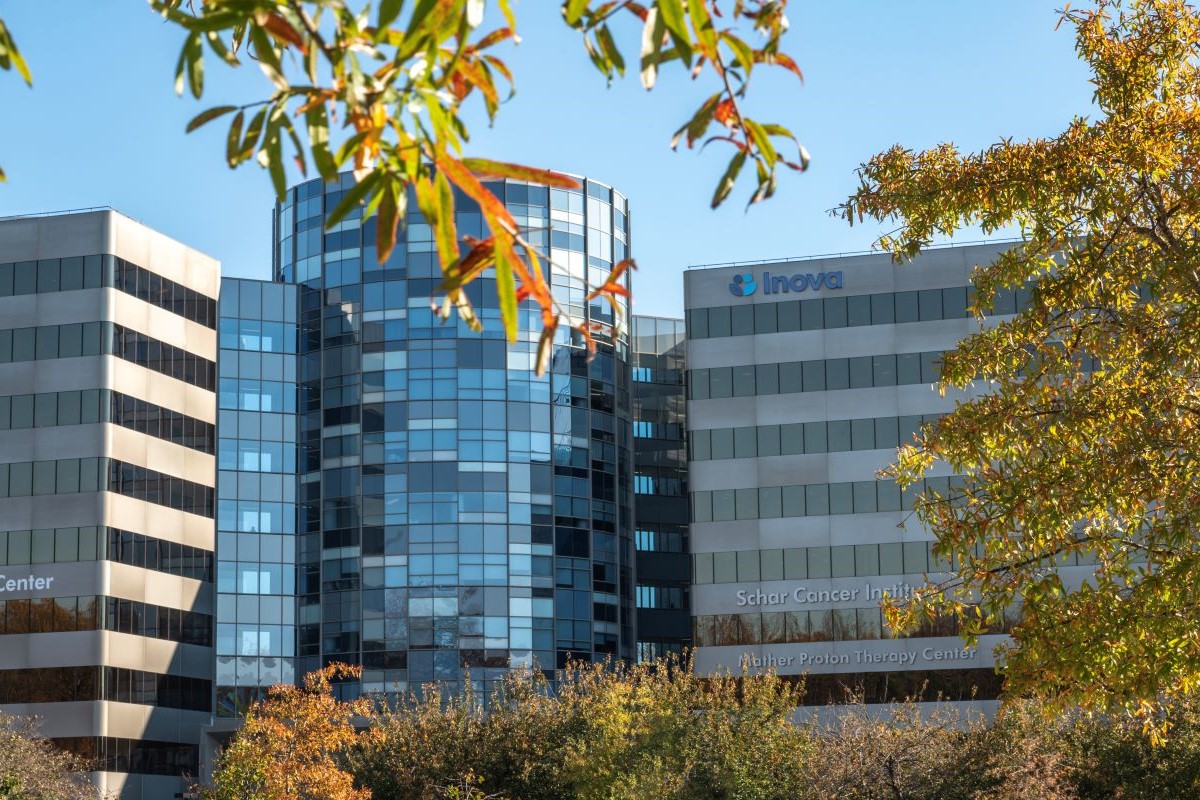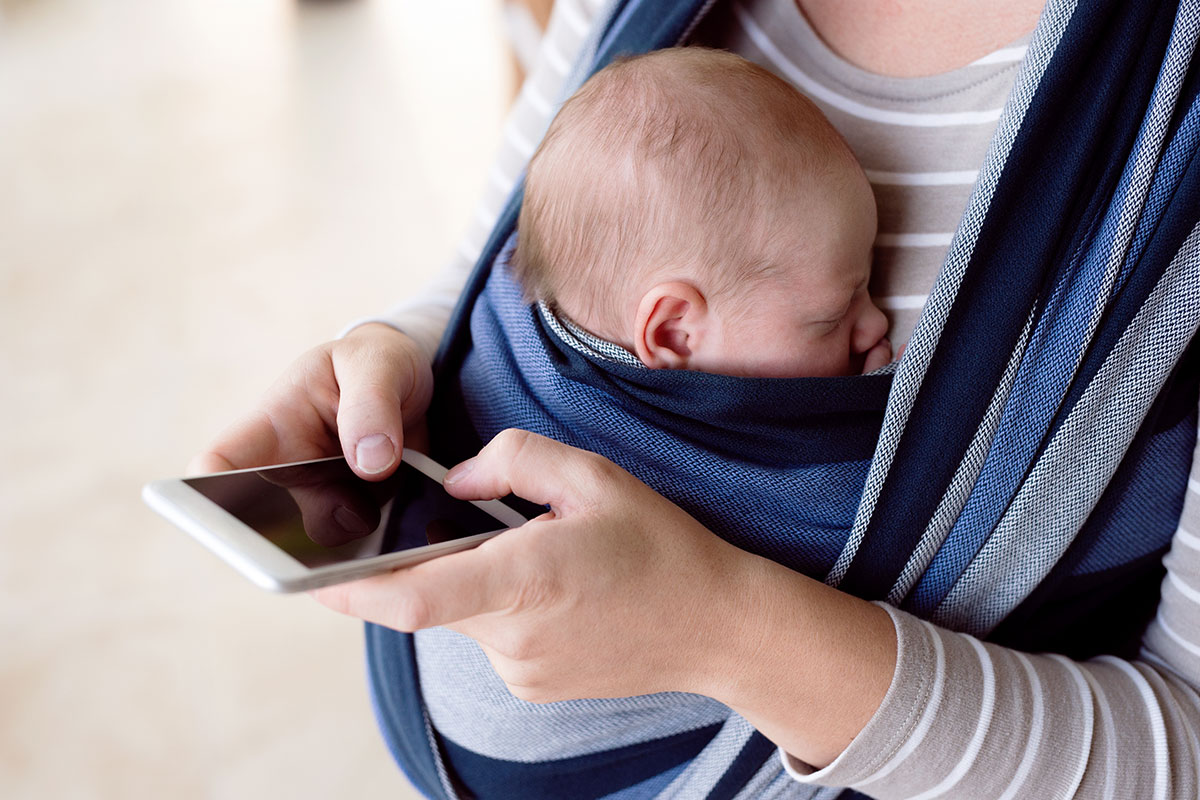
You can hear the elation in new mom Kasia Krolikowska’s voice when talking about her son, Liam, born in February.
“He’s a joy! We enjoy him so much,” she says. But she wasn’t always beaming. Krolikowska, 31, “cried three times a day” when he wouldn’t latch. A Gaithersburg health educator, “it didn’t cross my mind it would be hard,” she says. She didn’t know where to turn. Her family—her mother and sister both had breastfed—live in Poland. A hospital lactation consultant told her she might not be able to breastfeed. Yet she wanted to nurse. When a friend told her of a mobile telehealth app that helped her, she debated. “I was skeptical,” she says. “I’m not an app person, and I didn’t want to hang on my phone with a baby.”
Two weeks later, exhausted, her milk supply low, she downloaded Pacify to her phone. When she hit the button for lactation consultant (there’s also advice from nurses and dieticians), she was connected in two minutes. She could choose video or audio connection. “I talked to her for 30 minutes,” she says. “She was motivating. She gave me tips since I was struggling … My whole mindset changed. When my husband came home, he said I seemed happier.” Though the cost is $59 monthly or $349 a year (some employers, health plans and public health programs offer it free), Liam’s mom subscribed. “It was like speaking with a friend.”
DC-Founded App is for the Prenatal and Postnatal Periods
“What gets us jazzed in our Monday morning meeting is hearing about the number of families helped over the last weekend,” says Pacify co-founder and CEO Ben Lundin. The DC-based company aims to meet the needs of new parents, like Krolikowska, for advice on demand. Think of a 24/7 virtual Uber- or Lyft-like service: reach clinicians immediately via a request on your smartphone. Pacify commonly gets questions that fit the mom-to-be and new-parent profile: what to eat when pregnant, baby’s sleeping patterns, whether or not to go to the ER, latching and pumping, rashes, fevers or transitions to solid foods. Pacify triages; they do not diagnose or prescribe. Simply: “Our proprietary technology finds the first available high-quality clinician to answer your question. Usually 30 seconds or less,” Lundin says.
The 5-year-old company—hatched in a Dupont Circle apartment, grown to a Connecticut Avenue office—was developed for “the prenatal period—from pregnancy to first year of life. It’s a particularly intense period. There are tons of questions and anxiety. There’s also a high-cost period. We felt like there’s an opportunity to take new technology, new telehealth … and focus them … in a way that would help families get access to the care they need, but also reduce costs and assistance,” says Lundin.
Lundin and co-founder and COO George Brandes—both with health care business backgrounds—recruited Chief Clinician Melanie Silverman, a registered dietician and lactation consultant to head up the clinical side of the business. They launched in the App Store in 2015. Prior to launch, they spoke to consumers, health plan representatives, public health practitioners, breastfeeding advocates, hospital administrators— “anybody in the health care ecosystem,” Lundin says.
Now with seven full-time employees and a DC tech team, Pacify has 100 clinicians—vetted for clinical proficiency with the highest designations, according to the company—available to answer calls. (Calls aren’t recorded, patient information isn’t forwarded, data is encrypted and it is HIPAA-compliant, they say.) They expect to do 20,000 consultations this year.
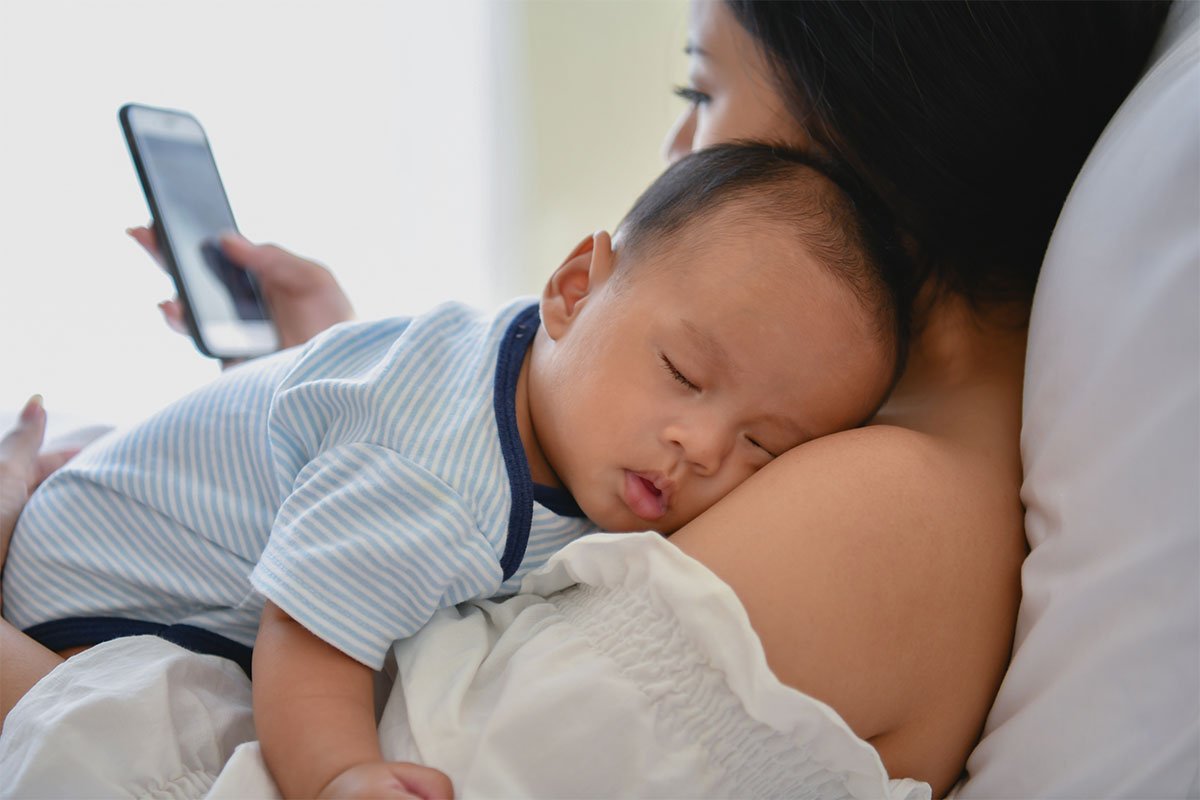
A Demand for Virtual Medical Advice from Millennials
Telehealth is not new, but its’ explosion is. Some trace telehealth (AAP defines it synonymously as telemedicine: medical information from one site to another via electronic communications to improve a patient’s health) back to the Civil War, when the telegraph transmitted casualty lists. Fast forward, and the digital health space is booming: 368 business deals were made in the digital health space in 2018 with $8.1 billion changing hands, according to San Francisco-based health tech funder Rock Health.
Pacify is making inroads in the DC region as a local company, but it’s just one of at least 300 telehealth apps in the United States as of 2018, and 1,000 globally, according to Ralf Jahns of Market2Guidance, a market research company. When you add in all health-related apps, including fitness and nutrition, that number balloons to about 300,000 mobile health apps globally, according to Jahns’ research.
And the popularity of on-demand medical services is on the rise as millennials enter parenthood. A generation raised with virtually everything available nearly instantaneously from their phones, it stands to reason they’d want middle-of-the-night baby advice available, too, rather than waiting for the traditional call back from a pediatrician.
“Millennials, 100%, are using apps. The majority are using them for something in their health care,” says Nathaniel DeNicola, M.D., an assistant professor and OB-GYN at The George Washington University Medical Center and chair of the Presidential Taskforce on Telehealth for American College Obstetrics-Gynecology (ACOG). He says common apps include entering menstrual cycle data, fertility and gestational tracking and using contraction timers. “The No. 1 piece of advice is talk to your doctor about [which app you’re using].”
While survey data shows numbers vary as to whether consumers are embracing telehealth: one report sponsored by Avizia, a telehealth provider in Reston, surveyed consumers to find only 18% are using the technology. (Reasons? Lack of insurance knowledge or feeling at ease.) Yet millennials—a generation of new parents—are more likely to embrace telehealth. According to information from the Mid-Atlantic Telehealth Resource Center (MATRC), funded by the U.S. Department of Health and Human Services, millennials are more interested in telemedicine than other generations. In a 2016 Deloitte Center for Health Solutions survey, millennials report a 20% higher level of interest than seniors. The younger the generation, the more flexibility they’re willing to have with providers. A Sage Growth Partners survey of health care executives finds with some millennials, being seen at their convenience is more important than building a relationship with a physician.
Prince William County mother of three, Danielle Harris, an administrative assistant, found telehealth helpful with her twins, now 5. Last year, her insurance offered a telehealth app to reach a doctor within minutes. She consulted virtually—once for her child’s swollen glands, and once for insect bites. A physician viewed, diagnosed, treated. Yet neither case subsided. She then visited a primary care physician—who resolved the issues. She felt the app saved her weekend trips to urgent care, but it only “helped start the diagnosis. I had to follow up.” Her advice is tempered: use depending on symptoms; it doesn’t take the place of physically going to a doctor.
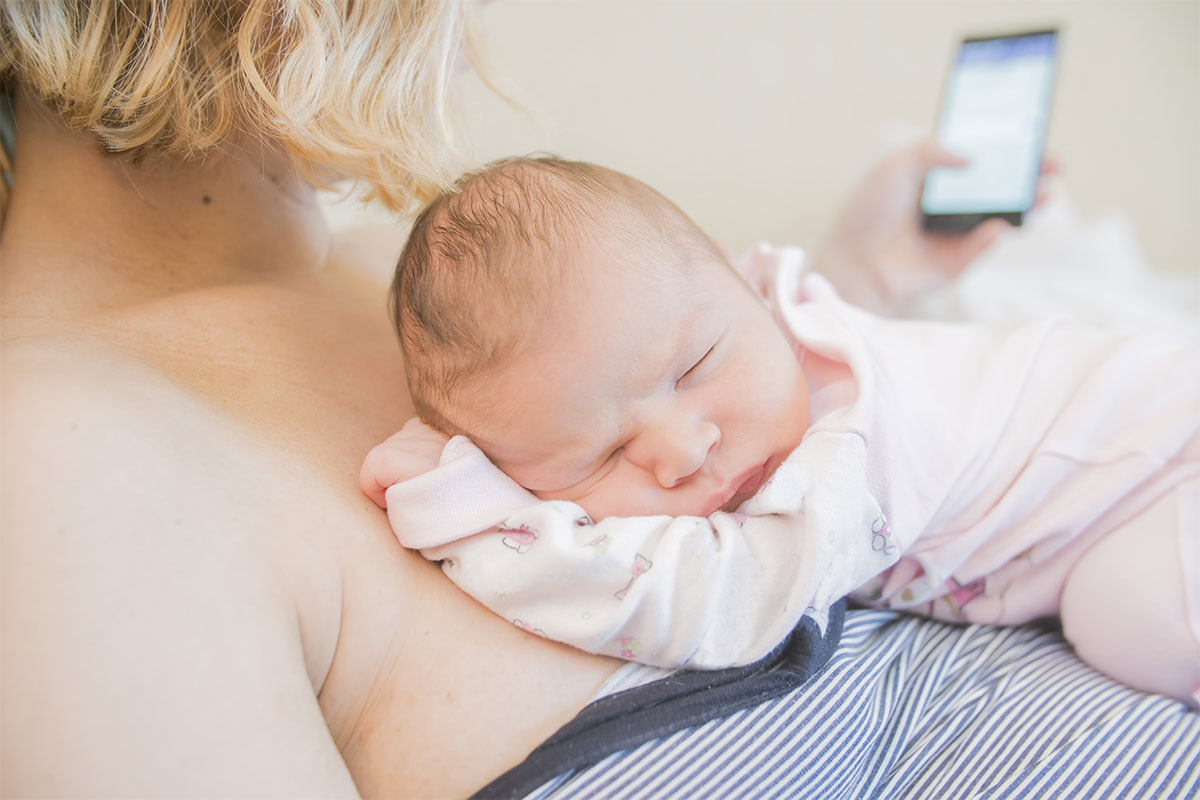
Doctors Caution Parents
DeNicola says apps aren’t a replacement for seeing your doctor; just have a conversation about them. “Odds are it will enhance; it will add a layer of connectivity with your team.”
Sandy Chung, M.D., Virginia chapter president of the American Academy of Pediatrics (AAP) and a pediatrician with Fairfax Pediatric Associates, says she sees millennials embracing telehealth, but tells her patients to consider it just part of your medical care. “It’s an improved version of a phone call,” she says, but it shouldn’t take the place of your doctor.
“The biggest concern we’ve seen so far is, you aren’t aware who’s on the other end, what type of provider. So when parents are looking for telehealth for a child, I’d urge them to make sure the provider is credentialed in pediatrics. We’ve seen where children received [telehealth] care with providers not trained and it had a negative outcome.” One child diagnosed with an ear infection landed in the hospital; an out-of-state hematologist diagnosed him.
Chung stresses the provider must understand your child’s medical history. A provider not affiliated with your physician’s practice doesn’t have access to your child’s records. “But if your physician or practice has an app as well, that’s the best, by far.” She believes breastfeeding is a good use for telehealth, but reminds parents infants should be weighed with professional scales.
The key is using telehealth apps in concert with your practice. “The advice is, ask yourself what you’re using it for: Is it a critical-health outcome? Does it extend the visit or care with your doctor?” says DeNicola. “The promise of telemedicine is, it augments a segment of care.”
This is precisely why Advantia Health recently acquired Pacify.
Advantia and Pacify Partner up
In April, Arlington-based Advantia Health LLC, 200 women’s health providers in the mid-Atlantic and the Midwest, acquired Pacify. (It declined disclosing the deal’s terms or its yearly revenue.) A private company headquartered on Wilson Boulevard with 50 locations, 600 employees and 430,000 patients, it plans to offer patients the service before year’s end. “Our goal is to be able to offer Pacify at no cost to all Advantia patients. We’re working with NoVA health insurers to make that a reality as soon as possible,” says Lisa Shah, M.D., Advantia’s chief medical officer and an internist and pediatrician.
In NoVA, Advantia’s providers include Physicians & Midwives of Kingstowne, Alexandria, North Arlington, Woodbridge and Mount Vernon, Fairfax OB-GYN Associates in Dulles, Fairfax, Gainesville and Woodbridge and Women’s Health and Surgery Centers in Fredericksburg and Stafford.
As the popularity of telehealth grows, larger health providers like Advantia are looking to add this component of care. In fact, in 2018, there were a record-breaking 56 acquisitions and mergers in the space, 13 of which had disclosed price tags totaling $7.6 billion, according to MobiHealth News, which is considered the publication of record for digital health news.
Shah calls this marrying of virtual, 24/7 support and in-person health care a hybrid model. (Private practices who charge patients for the support via a monthly retainer, is a model known as concierge care.) She shows how it would be used: a mom of a newborn leaves the hospital. The next appointment is 72 hours away, but the mom’s anxious at 2 a.m. when the baby’s not eating. She uses the app for advice from “physician extenders.” Advantia gives the mom this “instant access to quality care”—resources in the early morning hours—enhancing the relationship of a woman and her physician or nurse practitioner. She says offering trusted advice is why the Advantia-Pacify partnership made sense.
As a mom of three herself—“Where’s the app to drive my children?” she laughs—she empathetically understands parenting is fraught with challenges and decisions. “As a pediatrician, you would’ve thought I had this down … between medical school and caring for patients … but breastfeeding is harder than medical school.”
Shah’s motivation is to encourage women’s voices. “We’re transforming the experience for women, taking away the complexity” at 2 a.m. and giving her “piece of mind.” She says her support system helped her survive difficult pregnancies and career and family decisions; why should health care be different?
Evaluating a health app? Here are 6 tips from docs
- Show your physician or nurse practitioner the app. Ask if they’ve vetted it for patients.
- Check if they offer something comparable in their practice.
- Ask your insurance if it uses a telehealth app.
- Know the provider: Who is on the other end of the call? Are they state-licensed? Credentialed in pediatrics?
- Does the app deal with a critical-health outcome? For example, if your step counter is off, it’s not critical. But if it claims to monitor fetal heart rate through amplifying your phone’s microphone versus Doppler in-office, talk
to your doctor. - Is the app sharing records with your doctor’s office? Is it sending your data to your practice? A health care provider should know your child’s medical history.
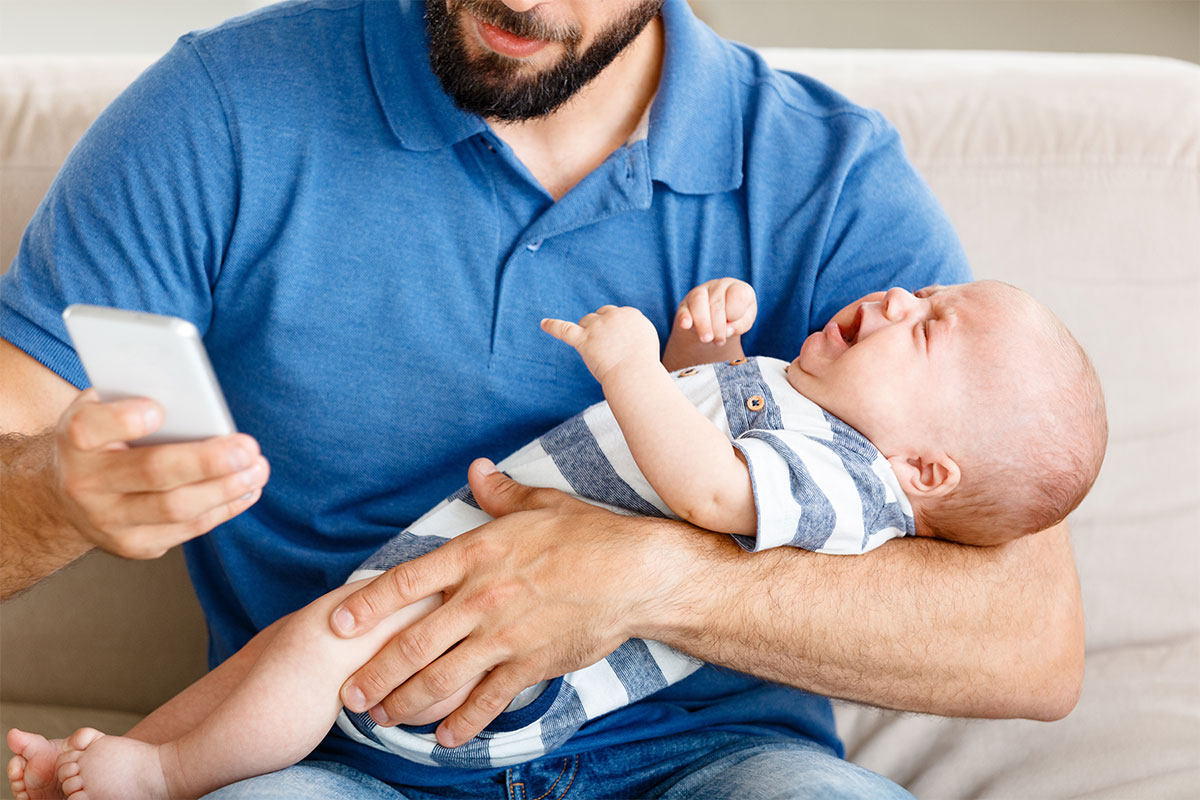
Is This the Future?
Betsy Page Sigman, Ph.D., a distinguished teaching professor at Georgetown University’s McDonough School of Business and an expert in data analysis, e-commerce and information systems, says hybrid care “is the future, because it’s smart” and “there are real advantages.” Much can be done via video; for instance, a provider can see a rash. The McLean mother of four sees her daughter, a mom of three, juggling responsibilities. “It’s hard to get out, so I really see the convenience for consumers and doctors … millennials are willing to pay for that convenience, it’s important. They think of their time. The idea of hybrid care is nice because there’s credibility.”
She notes the trend of concierge-like services from practices offering extra-hours care, like personalized video conferencing, for a monthly fee. She recommends patients look into what their insurance offers first. They might have a free telehealth app.
Page Sigman likes the hybrid model that brings down cost, sees more people and offers speed. Also, she says, people feel more in control. She notes the intangible benefit: easing worry. While not a substitute for major medical care, “don’t downplay the role of helping anxiety.”
That’s important for any parent at 4 a.m. when baby gets his first cold. Says new mom Krolikowska: “I know I tend to exaggerate a little, but speaking with a nurse, it just helps my mind slow down that it will all be OK, that it’s normal. So many families don’t have our families nearby.”
And then just like a joyous new mom, she tells how 2-month-old Liam now weighs 13 pounds. And she couldn’t be any happier.
This post originally appeared in our August 2019 issue. For more parenting and health content, subscribe to our newsletters.

